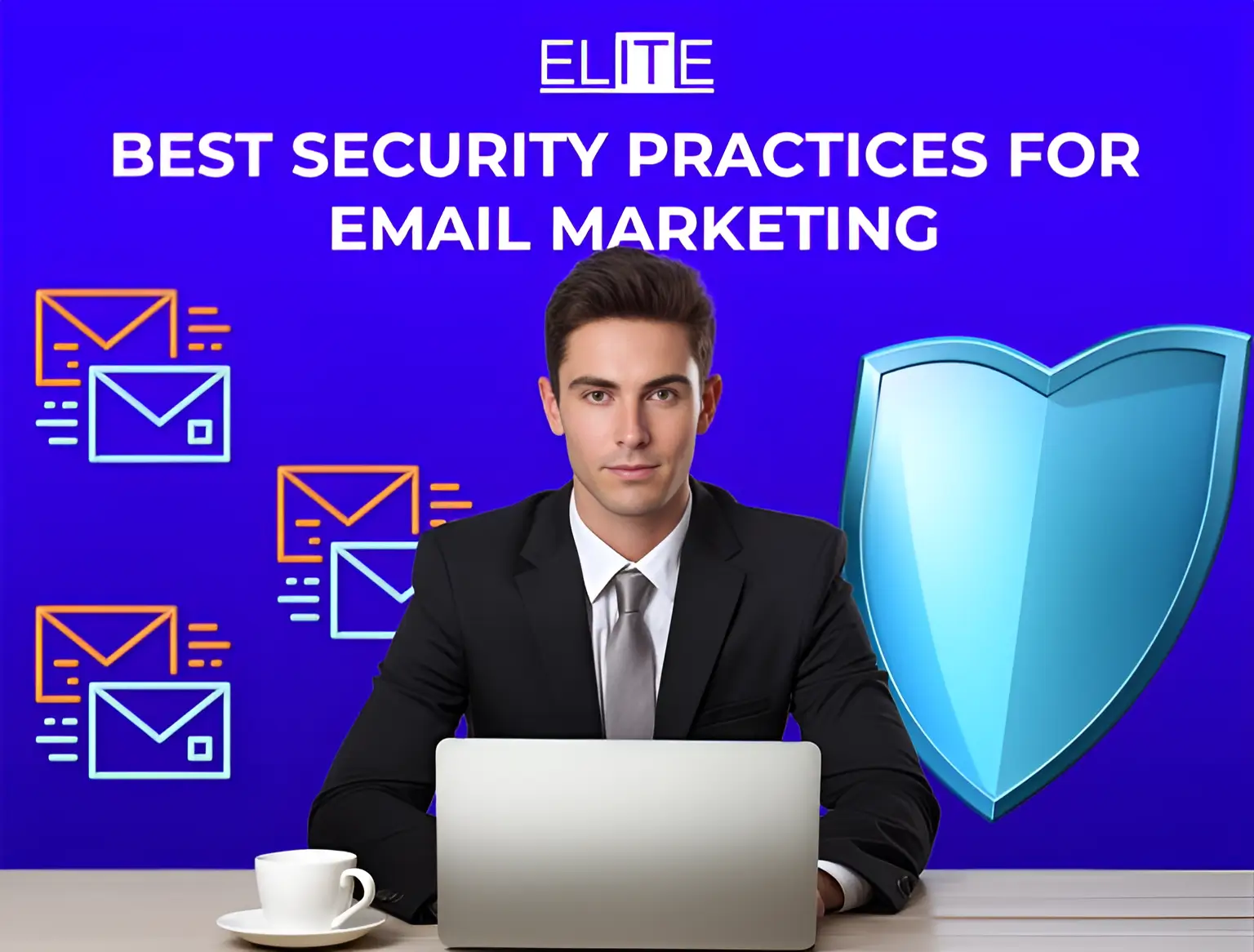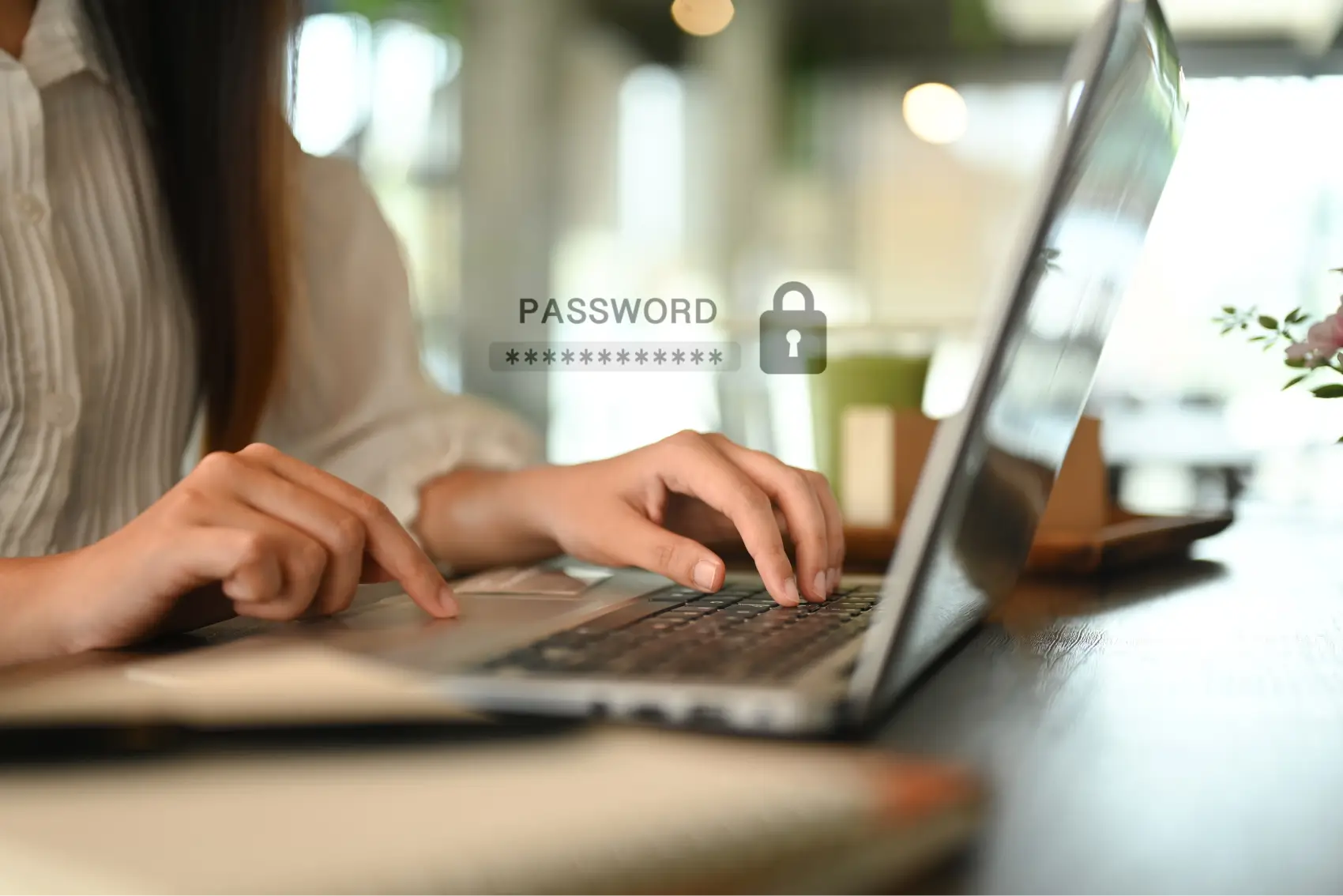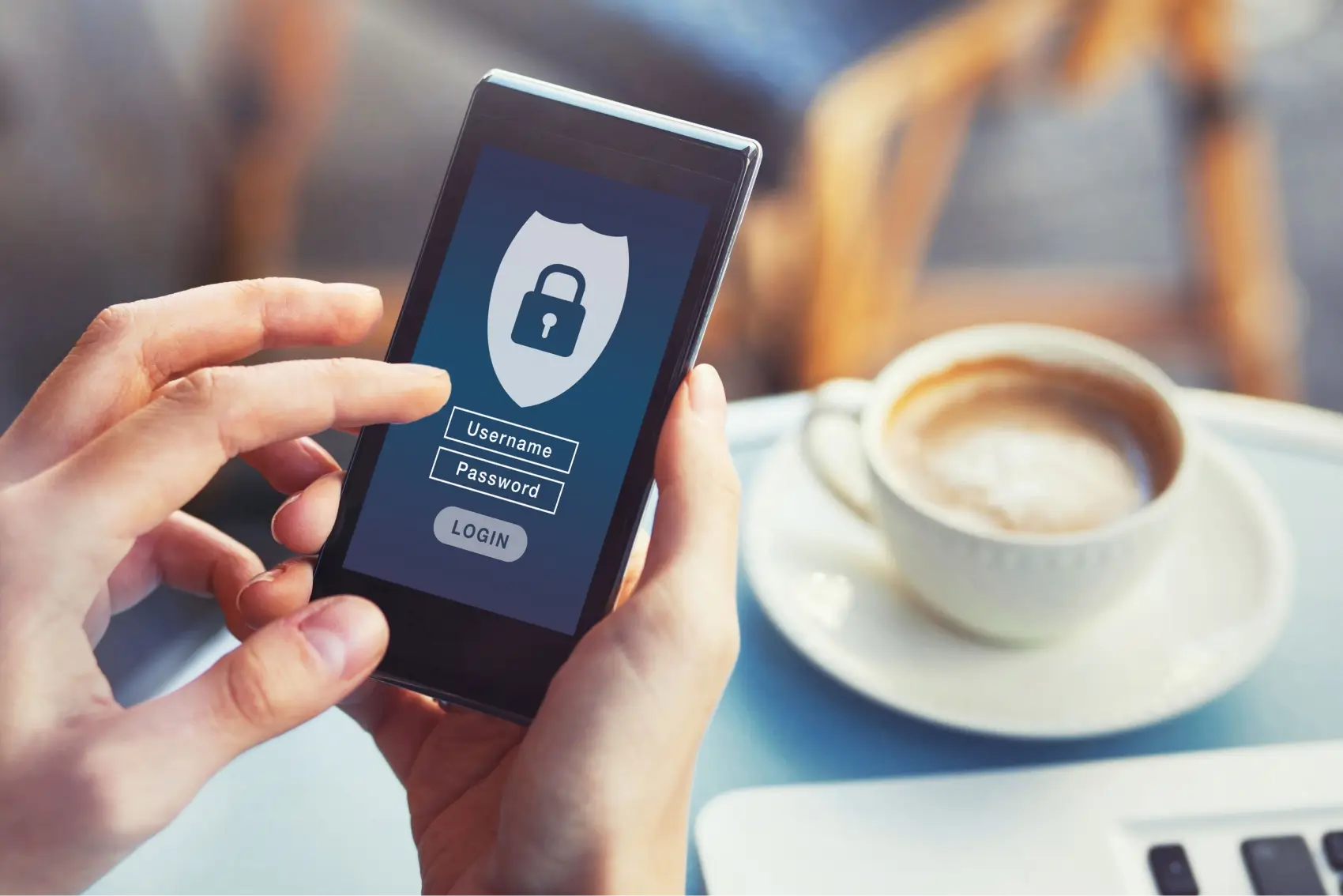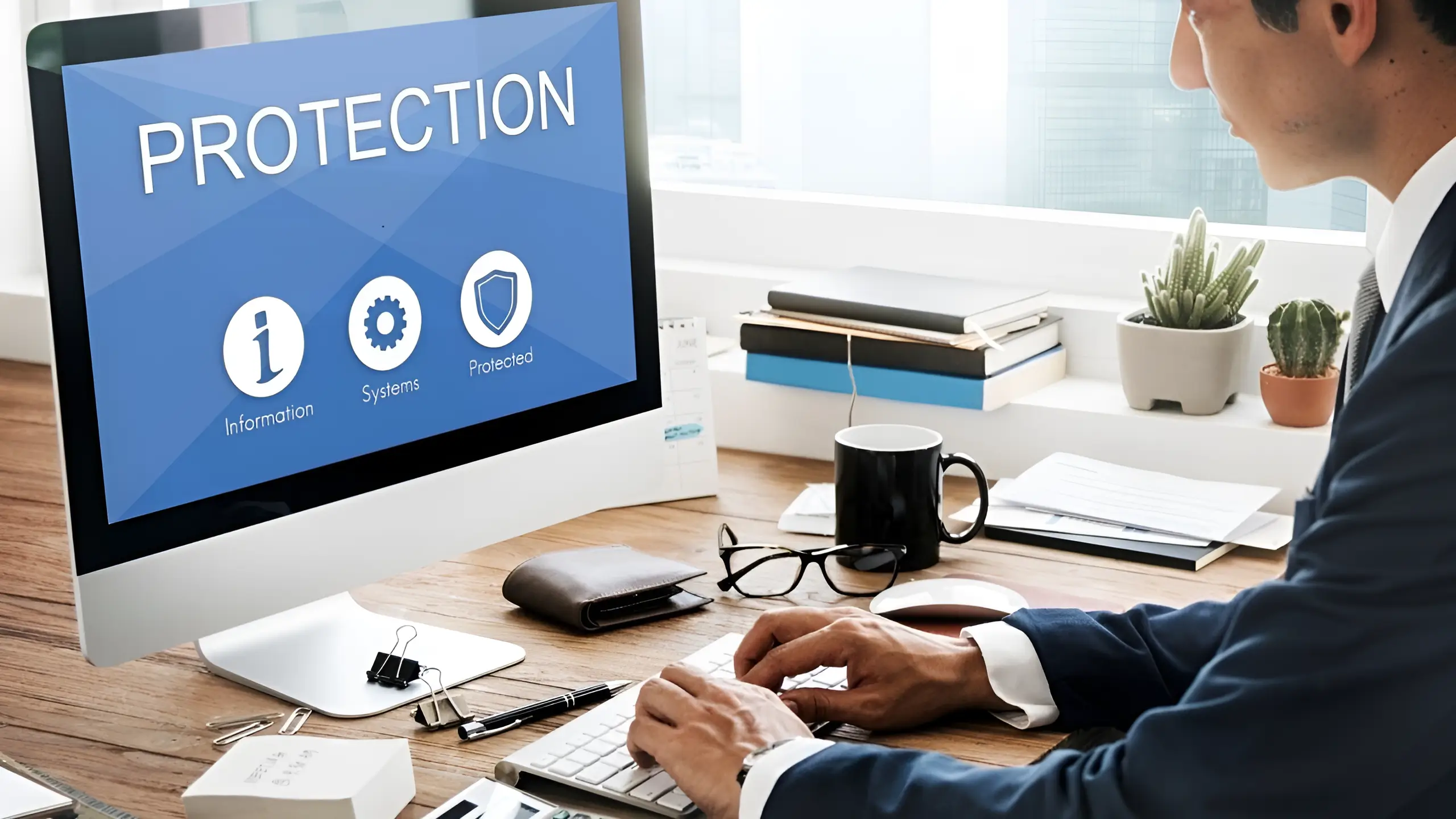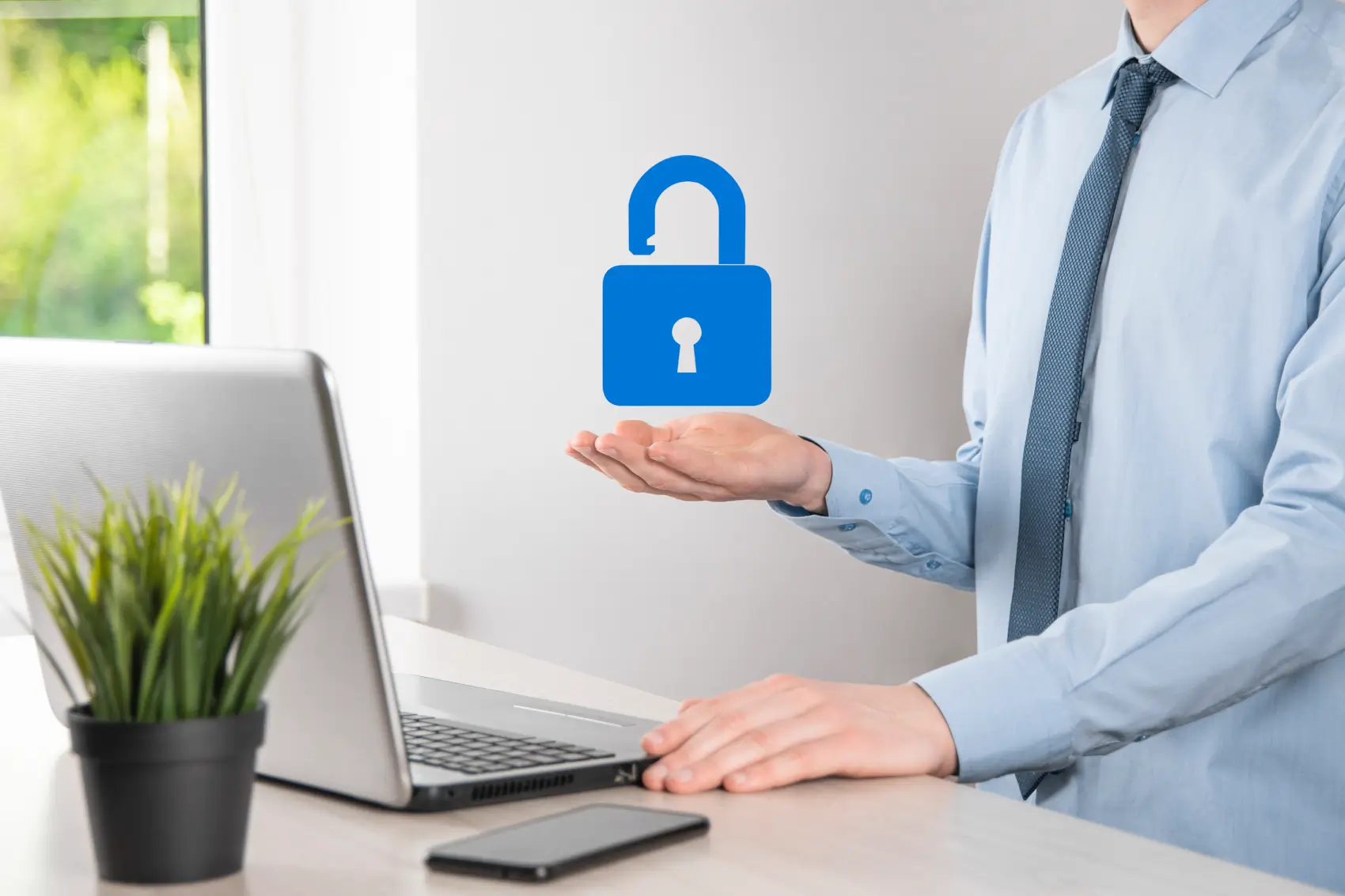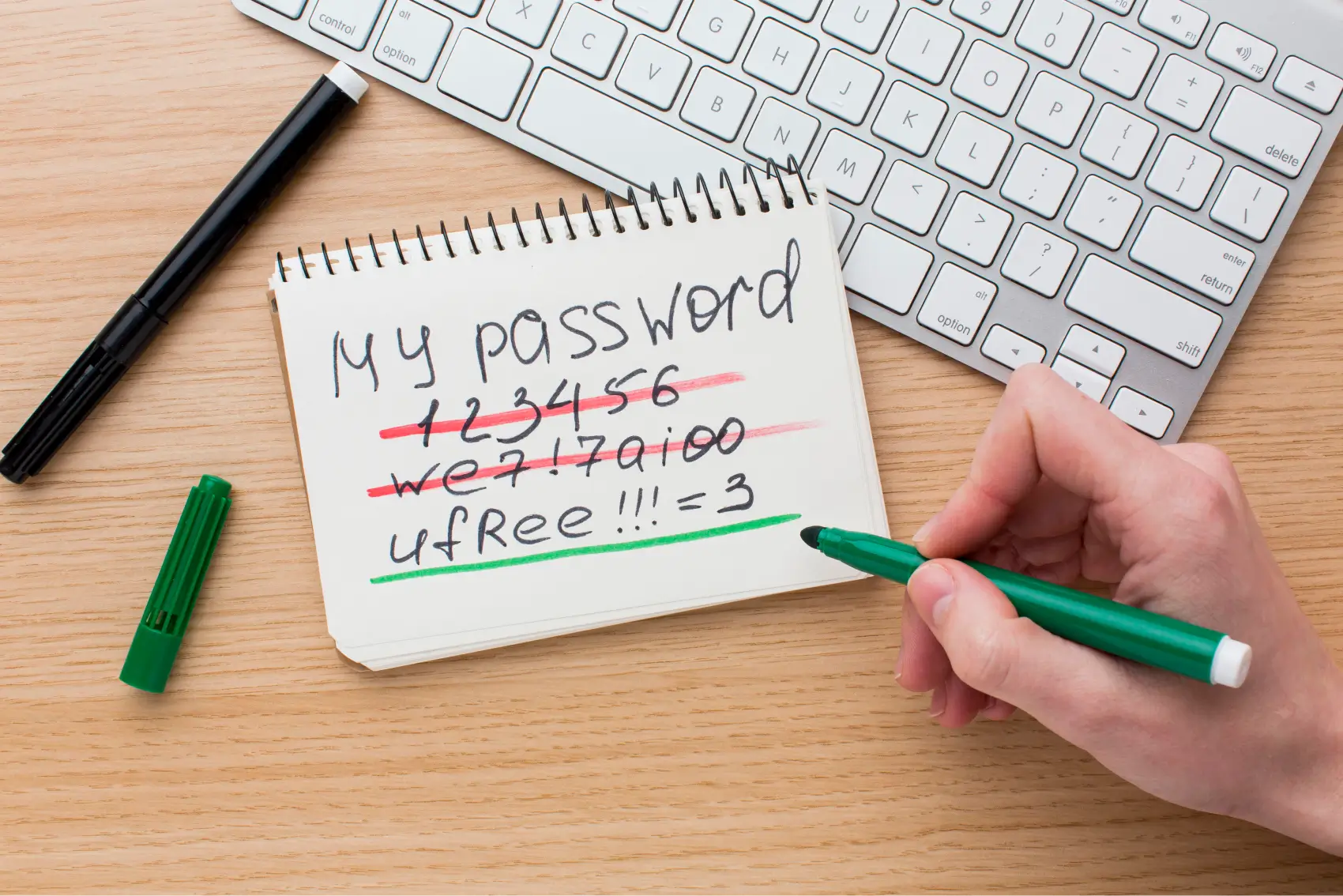Email marketing is a powerful digital marketing tool for businesses of all sizes, offering a direct and cost-effective way to connect with your audience. But unlike the personal emails you might send to friends, email marketing involves collecting and managing customer data. This data, which can include names, email addresses, and even purchasing habits, is a prime target of cybercriminals.
As cyber threats continue to evolve, it’s crucial to know about email security best practices. At Elite IT Team, we offer a comprehensive suite of cybersecurity services, including encryption and two-factor authentication, to safeguard your email marketing infrastructure. By adopting these email security solutions, you can reduce the probability of cyberattacks, protecting your data and reputation.


